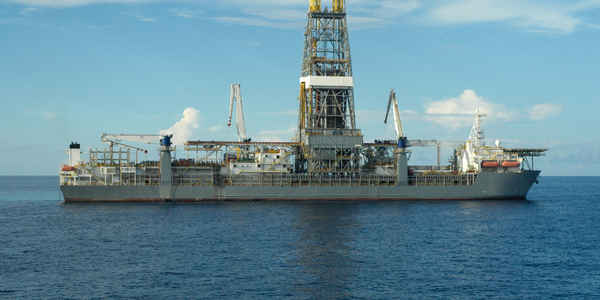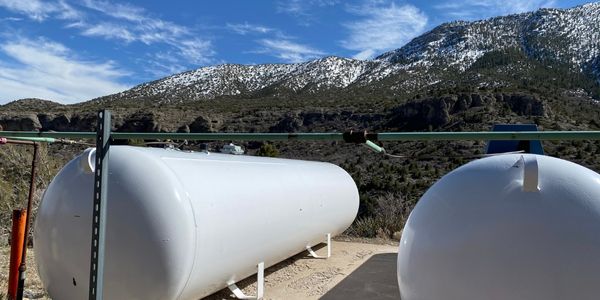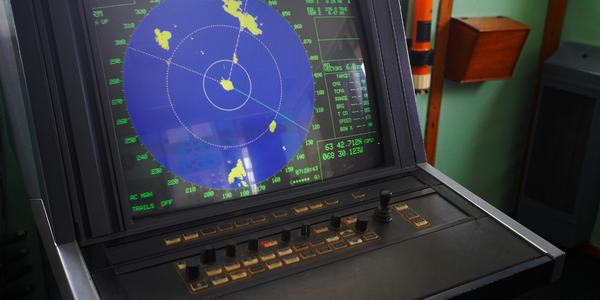Technology Category
- Platform as a Service (PaaS) - Application Development Platforms
- Sensors - Utility Meters
Applicable Industries
- Cement
- Marine & Shipping
Applicable Functions
- Procurement
- Sales & Marketing
Use Cases
- Building Automation & Control
- Intelligent Urban Water Supply Management
About The Customer
Aqqua's primary customers are boat owners and individuals looking to rent a boat in Brazil. Boat owners, who find the cost of maintaining a boat high, can list their boats on Aqqua to earn additional income. On the other hand, individuals who cannot afford to buy a boat but wish to spend a day on the water can find and rent a boat that suits their needs, whether it's for a fishing trip, water sports, or just cruising. Aqqua also serves as a platform for these two groups to communicate and negotiate rental deals directly.
The Challenge
Renato Goncalves, the founder of Aqqua, identified a significant challenge in the Brazilian boating industry. Boats are prohibitively expensive in Brazil, costing around 120 months of minimum wage, compared to 14 months in the U.S. This high cost makes boat ownership inaccessible for many Brazilians who wish to enjoy a day on the water. Renato, with his 13 years of experience in the boating industry, saw an opportunity to make boating more accessible by creating a platform where boat owners could list their boats for rent at affordable prices. However, Renato faced another challenge: he needed a platform that could support the creation of his app without requiring extensive coding knowledge.
The Solution
Renato chose Bubble, a no-code platform, to build Aqqua. Bubble offered all the features he needed to create his app without the need for coding. Aqqua operates as a marketplace for boat owners and passengers. Boat owners sign up and list details about their boats, such as boat type, engine power, region, gas type, and number of seats. They can manage their listing, change their profile, and receive chat messages from interested passengers. Passengers, after signing up, can search for boats in their region of choice, chat directly with boat owners through the app, and even close a rental deal. Renato also used Bubble to build an internal CRM and sales tool for his sales team, replacing a messy system of Google Spreadsheets.
Operational Impact
Quantitative Benefit

Case Study missing?
Start adding your own!
Register with your work email and create a new case study profile for your business.
Related Case Studies.

Case Study
System 800xA at Indian Cement Plants
Chettinad Cement recognized that further efficiencies could be achieved in its cement manufacturing process. It looked to investing in comprehensive operational and control technologies to manage and derive productivity and energy efficiency gains from the assets on Line 2, their second plant in India.

Case Study
Drill ship power challenge: hybrid solution solves distribution issues
Aspin Kemp & Associates (AKA), a manufacturer of electrical power and control systems headquartered in Montague, PEI, encountered one with its hybrid power initiative, the first hybrid drill floor destined for installation on ultra-deepwater drill ships operated by Transocean, Swiss offshore drilling contractors. Since on-site modification was impossible and scrap recycling of any modifications was unacceptable, the enclosures had to arrive ready-to-install.

Case Study
Ensures Tanker Safety and Emissions Compliance
Storage tanks are irregular in shape and a certain amount of mathematical modelling is required to get an accurate representation of volume and, more importantly, the weight of material in each tank. In addition, countries have different emission regulations, so the ships position needed to be accurately known in order to geotag emission data.

Case Study
Real-time Networked Sonar System for Ships
A multinational, knowledge-based corporation that delivers marine electronics solutions is utilizing industrial Ethernet technology to help ensure that operations at sea are dependable and optimal. Based in Europe, the company has nearly 4000 employees working in 20 countries around the world, and produces high-tech systems for offshore oil and gas operations, merchant marine systems, and various applications for the defense and aerospace industries. The company produces products and systems used by merchant vessels and offshore installations for positioning, navigation, automation, as well as for surveying and monitoring the seabed, and for fishing vessels and fi sheries research. As one of the major suppliers of high quality marine electronics in the world, their products include chart plotters for yachts, triple redundant dynamic positioning systems for oil drilling rigs, and sonar and instrument systems for scientifi c research vessels. Products used for marine applications must be rugged enough to endure the corrosive effects of salt water, and be able to withstand excessive amounts of vibration and shock. For this reason, the company only uses DNV and GL certified products and components to ensure that their systems can meet the high standards required by the maritime industry.

Case Study
Digital Transformation of Atlanta Grout & Tile: An IoT Case Study
Atlanta Grout & Tile, a Tile, Stone & Grout restoration company based in Woodstock, Georgia, was facing challenges with its traditional business model. Despite steady growth over the years, the company was falling behind the web revolution and missing out on the opportunity to tap into a new consumer base. They were using independent software from different vendors for each of their department information and workforce management. This resulted in a lot of manual work on excel and the need to export/import data between different systems. This not only increased overhead costs but also slowed down their response to clients. The company also had to prepare numerous reports manually and lacked access to customer trends for effective business decision-making.








